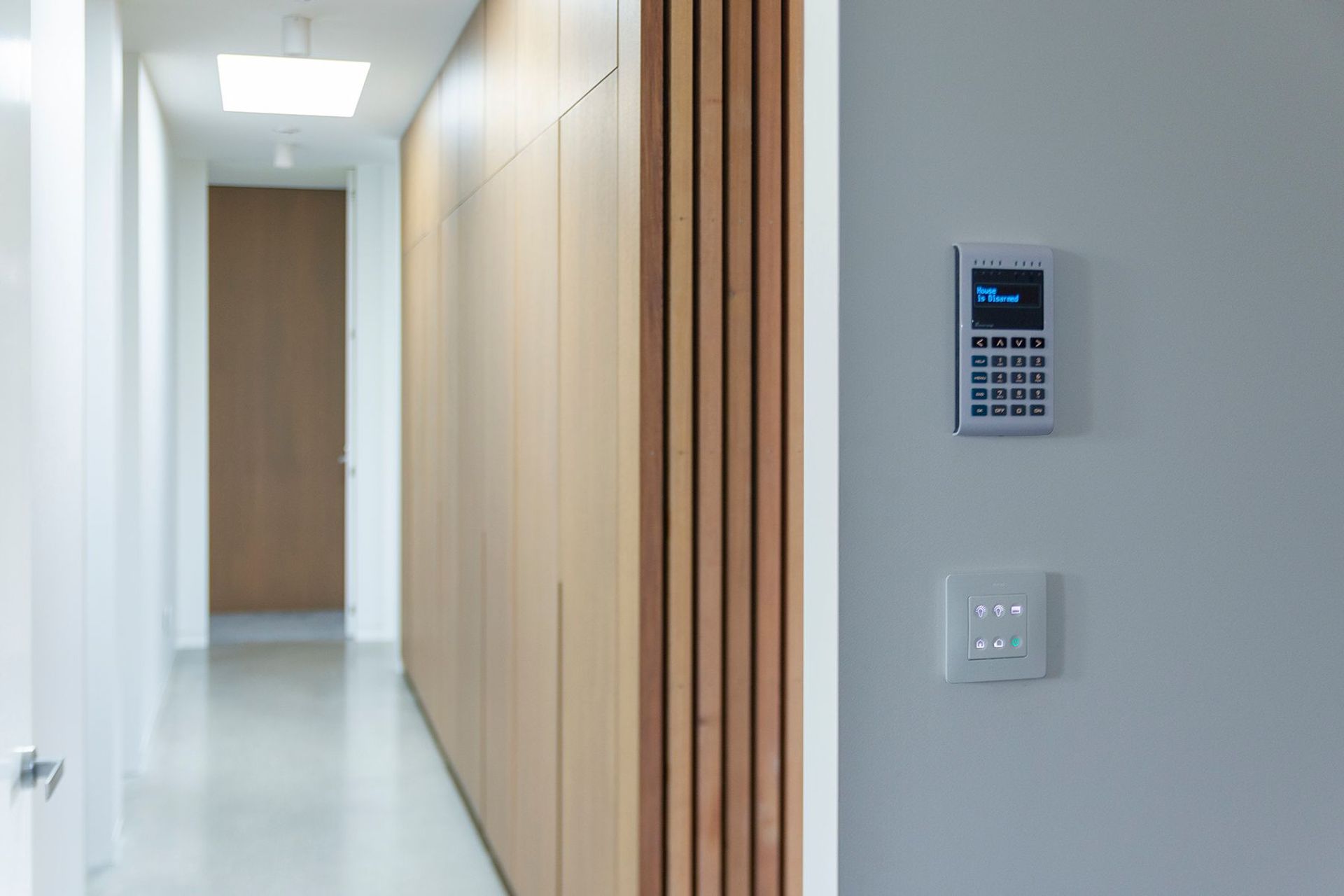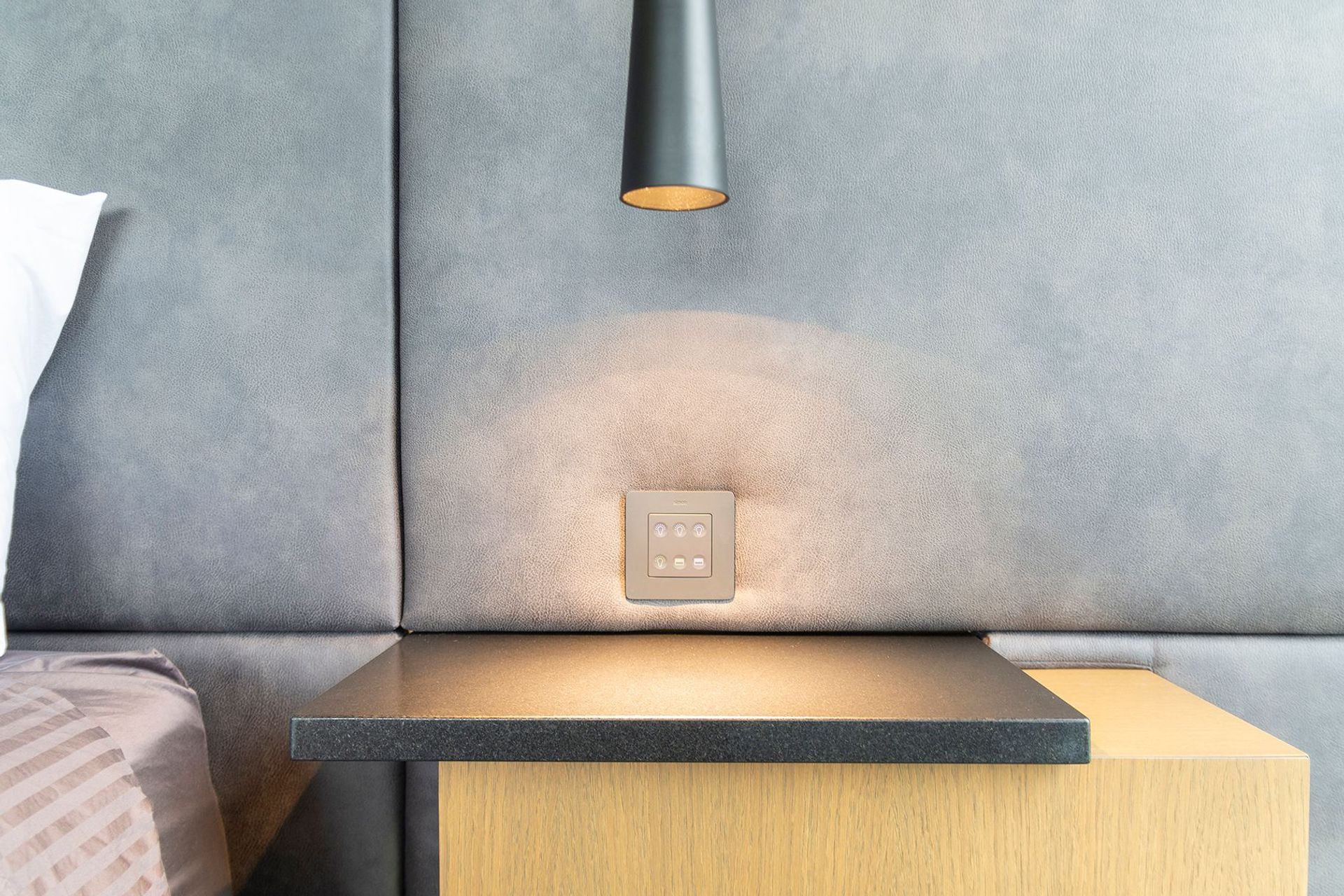Smart home technology
Written by
08 June 2020
•
4 min read

In the early 1980s, a techno-horror movie—This House Possessed—told the story of a ‘smart’ house that did away with any inhabitants that stood in the way of its dastardly plan… It was a pretty schlocky film (as you would expect) but what it did do well was play on our fears of an, at that point, unknown future where home automation technology was a part of daily life.
Forty years later, smart home technology has become a part of daily life and, fortunately for us all, rather than creating a raft of murderous houses the result has been pretty advantageous.
From ‘simple’ systems that control heating/cooling and lighting right through to fully integrated systems that leave nothing undone and which you can control via your electronic device from anywhere on the planet, there is a home automation solution to suit your needs, says Paul Wooller, owner of Open.Inc.
“In its infancy, smart home technology was about automating mundane manual tasks such as turning on/off lights and opening/closing blinds and the like. While that is still a core function of home automation, we have far eclipsed those early aspirations and now as we adopt more and more technology into our lives we find that these different technologies are informing each other.
“For example, streaming services have revolutionised the entertainment industry and how people consume music, tv and movies, which has had a flow-on effect on home AV technology and their integration into these systems is now pretty much standard.”

Home automation: on the case when you can’t be
Based in Queenstown, Paul says a large number of his clients are owners of holiday homes and as such, they are keen to explore home automation aspects such as security systems and lighting and environmental controls, as well as entertainment options.
“Because these homes aren’t lived in year-round it is really important that the internal environment is maintained with a minimum of fuss and so we can install timer-based solutions that control HVAC systems to provide a daily ‘maintenance’ cycle that ensures the indoor air quality remains stable.
“Another aspect of this and one that is becoming more and more popular, are shading and shuttering solutions in which external shutters are fitted with light sensors that allow them to track the sun and thus control the level of solar gain within the home.”
Paul says the beauty of these systems is their ability to be scheduled or remotely controlled, giving homeowners both peace of mind and command over the system as needed.
“It’s about providing our clients with optimised living and then giving them the ability to control that as they want. The technology and the means of delivery have all come on in leaps and bounds in the time that I’ve been in the industry and a lot of the ‘bugs’ of those early systems have been ironed out.
“That’s why I specify KNX and Lutron products, they are proven leaders in the area of home and commercial automation and both companies invest heavily in R&D, bringing new technology on stream all the time. In New Zealand, a lot of homeowners choose to renovate, which is not always conducive to introducing automation technology, however Lutron offers a range of wireless solutions that can easily be retrofitted or integrated into homes.”

Future trends: where to from here?
“In the short term, I think we’re going to see an increase in people looking for entertainment solutions. This lock down period has really brought to the fore notions of family and in some cases has highlighted how we have allowed technology to disconnect us from each other, now it’s time to use technology to bring us back together.
“Longer term, I believe there’s going to be a shift, particularly in the residential market, towards wellness—utilising automation technology more for health benefits and not so much for the ‘novelty’ or ‘entertainment factor’ of having technology.
“We’re seeing this in the commercial sector already, systems that optimise circadian rhythms and that work on these principles, using automated lighting solutions to enhance the feeling of wellbeing. These types of systems can easily be adapted to the residential sector so it’s only a matter of time before they become mainstream, once again informing other technologies and vice versa.”
Learn more about home automation technologies.